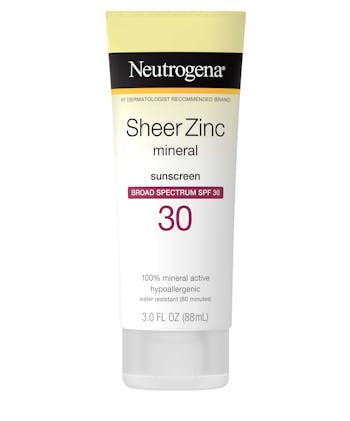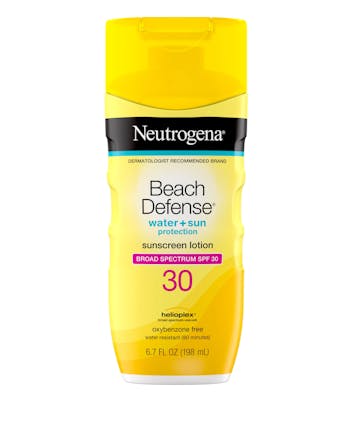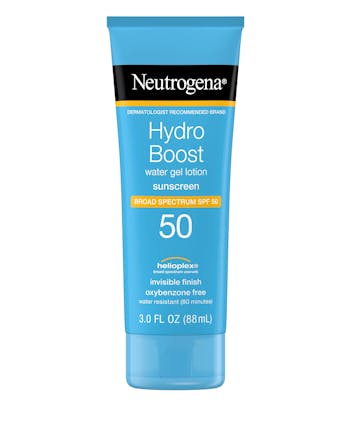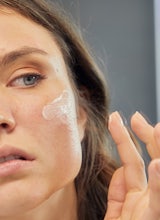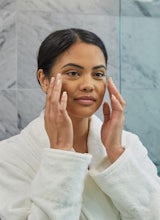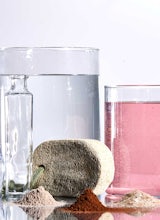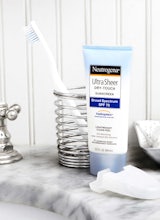LOL. SMH. ICYMI. OMG.
These acronyms should look pretty familiar. We use them in our everyday convos over texts and DMs. And sometimes they even slip out while we’re talking. It’s OK. You can admit it. Our fave sun acronyms UVA and UVB don’t quite make it into everyday convos — although it’s never too late to start! We may be a little biased, but we think they’re just as important. So, what do UVA and UVB even mean?
Let’s break it down.
UV stands for ultraviolet. The two types of sun rays that actually hit the earth’s surface are UVA and UVB. They’re the rays that are the most damaging to our gorgeous, precious skin. Eek!
Here’s the difference.
UVA rays sink deep into the skin and are the culprits responsible for those unwanted dark spots, fine lines, uneven skin tone and wrinkles. UVA rays can even pass through window glass. We know how great it feels to soak up that warm, soothing Vitamin D — within reason, of course. But if you’re not careful, it can also cause signs of premature aging, which isn’t a cute look when you’re 30. An easy way to remember what UVA means is A = Aging. So, UVAging.
UVB rays, on the other hand, are better known for causing sunburn. Ouch! These rays skim the surface of your skin and leave behind an uncomfortable sunburn and horrible tan lines that you’re forced to deal with for the remainder of your vacation. An easy way to remember what UVB means is B = Burn. So, UVBurn.
BTW, skin cancer is a real thing, and 1 in 5 Americans will get it in their lifetime. Both UVA and UVB rays cause skin cancer like basal cell carcinoma, squamous cell carcinoma and melanoma. We hate to say it, and we’d be doing you a disservice if we didn’t, but that last one is the deadliest form of skin cancer.
But don’t worry. You can protect yourself. The only way to keep your skin safe and shield it from the sun is to wear sunscreen every day — even when it’s cloudy. Our little hint: Every day is sunday. Sunscreens that are labeled with “broad spectrum” are FDA approved to protect you against both UVA and UVB rays. You should always look for that short but powerful phrase on the bottle or tube. Your broad spectrum sunscreen should also contain an SPF of at least 30.
TBH, it’s easy to prevent signs of aging skin and skin cancer. UVA and UVB rays are no match for broad spectrum sunscreen when properly applied (and reapplied). Show the sun what you’ve got and enjoy that Vitamin D safely. BRB…going to buy sunscreen!
- https://www.aad.org/media/stats/prevention-and-care/sunscreen-faqs
- https://www.skincancerprevention.org/news/2011/06/16/national-council-praises-new-fda-sunscreen-rules
- https://uihc.org/health-topics/what-difference-between-uva-and-uvb-rays



